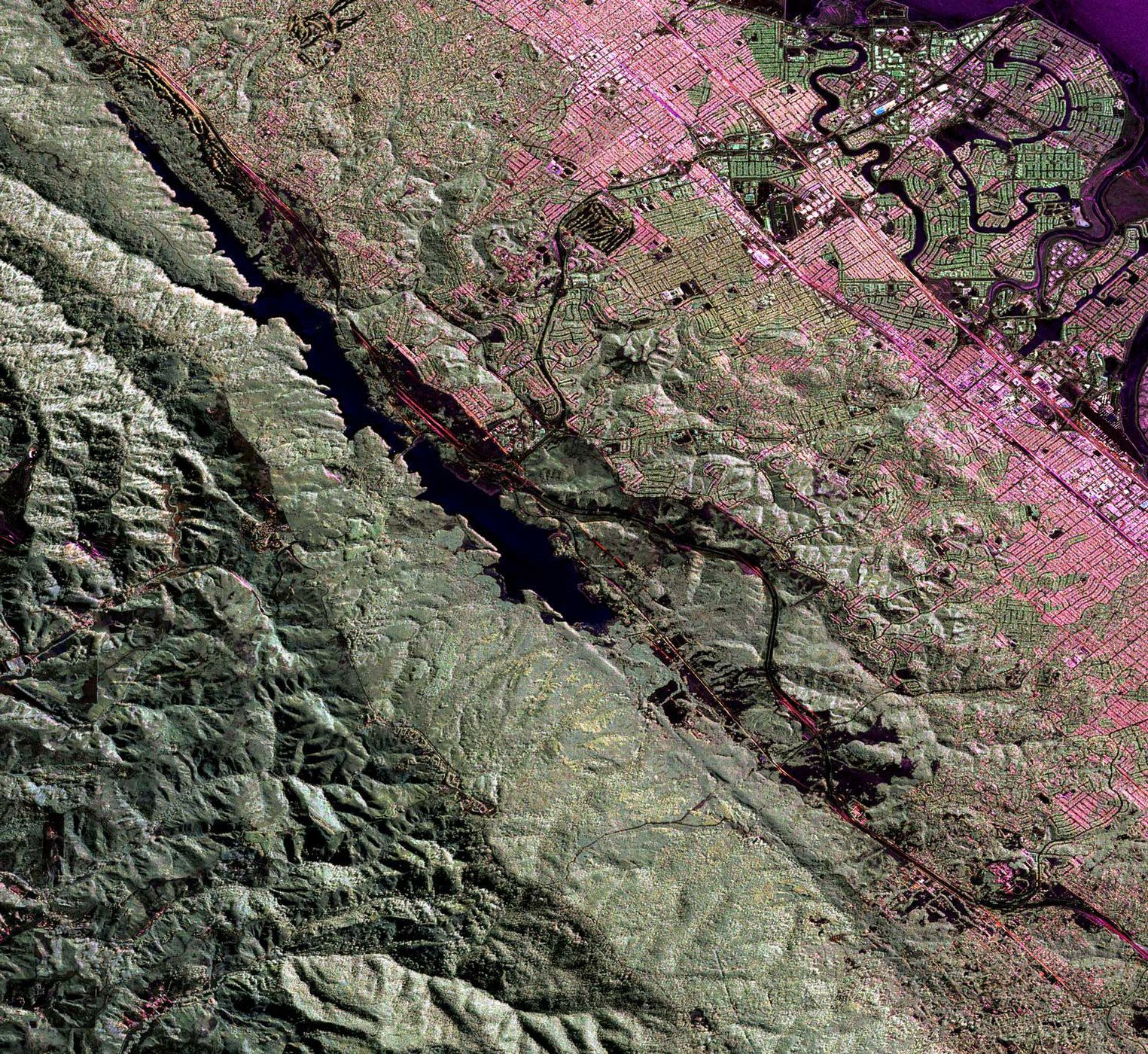California earthquakes are a geologic inevitability. The state straddles the North American and Pacific tectonic plates and is crisscrossed by the San Andreas and other active fault systems. The magnitude 7.9 earthquake that struck off Alaska's Kodiak Island on Jan. 23, 2018 was just the latest reminder of major seismic activity along the Pacific Rim.
Tragic quakes that occurred in 2017 near the Iran-Iraq border and in central Mexico, with magnitudes of 7.3 and 7.1, respectively, are well within the range of earthquake sizes that have a high likelihood of occurring in highly populated parts of California during the next few decades.
The earthquake situation in California is actually more dire than people who aren't seismologists like myself may realize. Although many Californians can recount experiencing an earthquake, most have never personally experienced a strong one. For major events, with magnitudes of 7 or greater, California is actually in an earthquake drought. Multiple segments of the expansive San Andreas Fault system are now sufficiently stressed to produce large and damaging events.
MORE
Earthquake Watch: California Is Overdue for a 'Big One'
UAVSAR image of the San Andreas fault in the San Francisco Bay area just west of San Mateo and Foster City. The fault runs diagonally from upper left to lower right. The body of water along the fault line is Crystal Springs Reservoir.
Credit: NASA/JPL
California earthquakes are a geologic inevitability. The state straddles the North American and Pacific tectonic plates and is crisscrossed by the San Andreas and other active fault systems. The magnitude 7.9 earthquake that struck off Alaska's Kodiak Island on Jan. 23, 2018 was just the latest reminder of major seismic activity along the Pacific Rim.
Tragic quakes that occurred in 2017 near the Iran-Iraq border and in central Mexico, with magnitudes of 7.3 and 7.1, respectively, are well within the range of earthquake sizes that have a high likelihood of occurring in highly populated parts of California during the next few decades.
The earthquake situation in California is actually more dire than people who aren't seismologists like myself may realize. Although many Californians can recount experiencing an earthquake, most have never personally experienced a strong one. For major events, with magnitudes of 7 or greater, California is actually in an earthquake drought. Multiple segments of the expansive San Andreas Fault system are now sufficiently stressed to produce large and damaging events.
The good news is that earthquake readiness is part of the state's culture, and earthquake science is advancing – including much improved simulations of large quake effects and development of an early warning system for the Pacific coast.
California occupies a central place in the history of seismology. The April 18, 1906 San Francisco earthquake (magnitude 7.8) was pivotal to both earthquake hazard awareness and the development of earthquake science – including the fundamental insight that earthquakes arise from faults that abruptly rupture and slip. The San Andreas Fault slipped by as much as 20 feet (six meters) in this earthquake.
 Although ground-shaking damage was severe in many places along the nearly 310-mile (500-kilometer) fault rupture, much of San Francisco was actually destroyed by the subsequent fire, due to the large number of ignition points and a breakdown in emergency services. That scenario continues to haunt earthquake response planners. Consider what might happen if a major earthquake were to strike Los Angeles during fire season.
Although ground-shaking damage was severe in many places along the nearly 310-mile (500-kilometer) fault rupture, much of San Francisco was actually destroyed by the subsequent fire, due to the large number of ignition points and a breakdown in emergency services. That scenario continues to haunt earthquake response planners. Consider what might happen if a major earthquake were to strike Los Angeles during fire season.
Source: https://www.livescience.com/61601-california-overdue-earthquake.html
Hi! I am a robot. I just upvoted you! I found similar content that readers might be interested in:
https://www.livescience.com/61601-california-overdue-earthquake.html
Downvoting a post can decrease pending rewards and make it less visible. Common reasons:
Submit